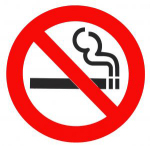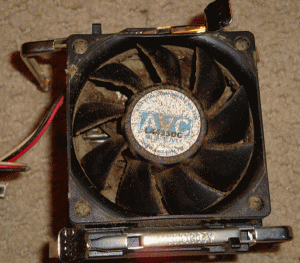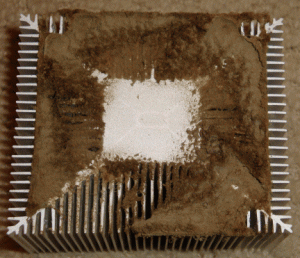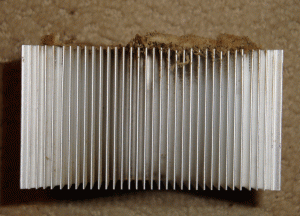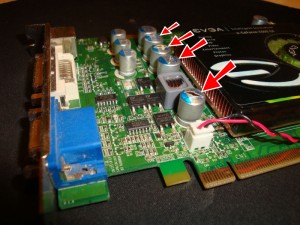Shattered Laptop Screen | LCD Replacement
Laptops are great until the screen breaks and then they are seemingly useless. There are few common ways a laptop screen breaks or is broken. In this article we will discuss the common ways a laptop screen is broken or breaks and whether or not it is better to buy a new notebook or replace the screen. If you are a local to the Greencastle, PA area, RCCS can assist you in diagnosing your problem and repair your laptop, you can call or use our contact page to drop us a line.
Common LCD Failures, Breaks:
• Screen is blank
• Screen is dim (can see an image, but not very well)
• Screen has vertical or horizontal lines.
• Screen has random dots of color or lack of color.
• Screen has splotches of color or hued in one area.
• Cracked or physical damage to display.
• Stays on for a while, but turns off randomly.
• Boots, but doesn’t go into Windows (typically blank screen with flashing cursor)
We are not going to cover every possible scenario here, however the above is the most common of LCD failures in a laptop. Let’s start with the basic stuff. If you have no screen at all and it is looking at you blank (and black), try connecting an external monitor up to the laptop to see if it will display on that first. This will immediately tell you if the screen is bad or if it is something inside the computer such as the video card, CPU, motherboard, or memory. Once you have determined that the screen works with an external monitor then we can proceed with the different scenarios.
• Screen is blank and external monitor shows a display: There is a board level failure. LCD is likely to need replaced.
• Screen is dim, images are barely visible and hard to see: Needs a new backlight.
• Vertical and/or horizontal lines: Bad communication between LCD and motherboard, possibly damaged ribbon cable, bad video card (should see on external monitor as well), and altogether just need a new screen.
• Random dots of color: We call these dead pixels. Dead pixels is a dot of color stuck in an on or off state of a single or no color. You will need to replace the screen if you are having this problem.
• Cracked Display: Screen replacement.
• Screen stays on for a while, but shuts off randomly: This type of problem can be tricky. The issue is either the inverter or a backlight. The backlight normally flickers or gives a orange or pink hue to the screen instead of a solid white where white is supposed to be. However, if the display just turns off without warning, the inverter is more likely the issue. Keep in mind this is not to be confused with the computer randomly turning off. The computer (laptop) should still be on while this happens. If you entire system is shutting off this could be a larger problem such as over heating, or electrical failures in the motherboard.
• When the computer is booted, you may see the manufacturer display and then the screen goes to a blank black screen, maybe with a flashing cursor. Likely this isn’t a bad screen at all, but more likely a hard drive failure. If your hard drive has failed mechanically and your data isn’t recoverable, we recommend you check out our recovery page.
We mentioned the word “backlight” and “inverter” earlier. You may ask what they are. A back light is a small cold cathode fluorescent light bulb or CCFL for short. You are already familiar with these in everyday life on a larger scale when you walk into a department store or in a work place. The light that lights up a LCD screen is a really small version of a fluorescent light bulb you would use to light a room. Replacing these can be very inexpensive (if the laptop screen doesn’t use a proprietary connection or type of bulb) versus buying a whole new screen. However, this requires surgery on your laptop and is a tedious process to take everything apart and back together again.
A LCD inverter is a device that changes DC (Direct Current) back to AC (Alternating Current) for the backlight. That is why if the screen just shuts off and the rest of the computer remains running, the inverter is likely the cause.
When purchasing a new LCD screen consider only buying the screen and not the entire housing. You will save a lot of money doing it this way, it just requires to be installed into the existing housing of your laptop. Backlights will require soldering know how and patient hands. Inverters are typically the easiest thing to replace, but still require some dis-assembly of the LCD housing. Above all, always unplug all power and exercise static electricity safety when working on any electronics.



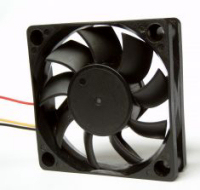
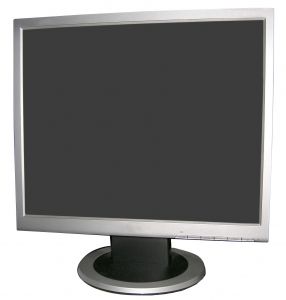 You may not be aware that there is a right and wrong way to clean a LCD screen, but there is. There a few common mistakes that users make when they clean their LCD screens. Below is a list, and the following is why.
You may not be aware that there is a right and wrong way to clean a LCD screen, but there is. There a few common mistakes that users make when they clean their LCD screens. Below is a list, and the following is why.